Novelty, innovation and social purpose meet at the 2016 Venice Architecture Biennale
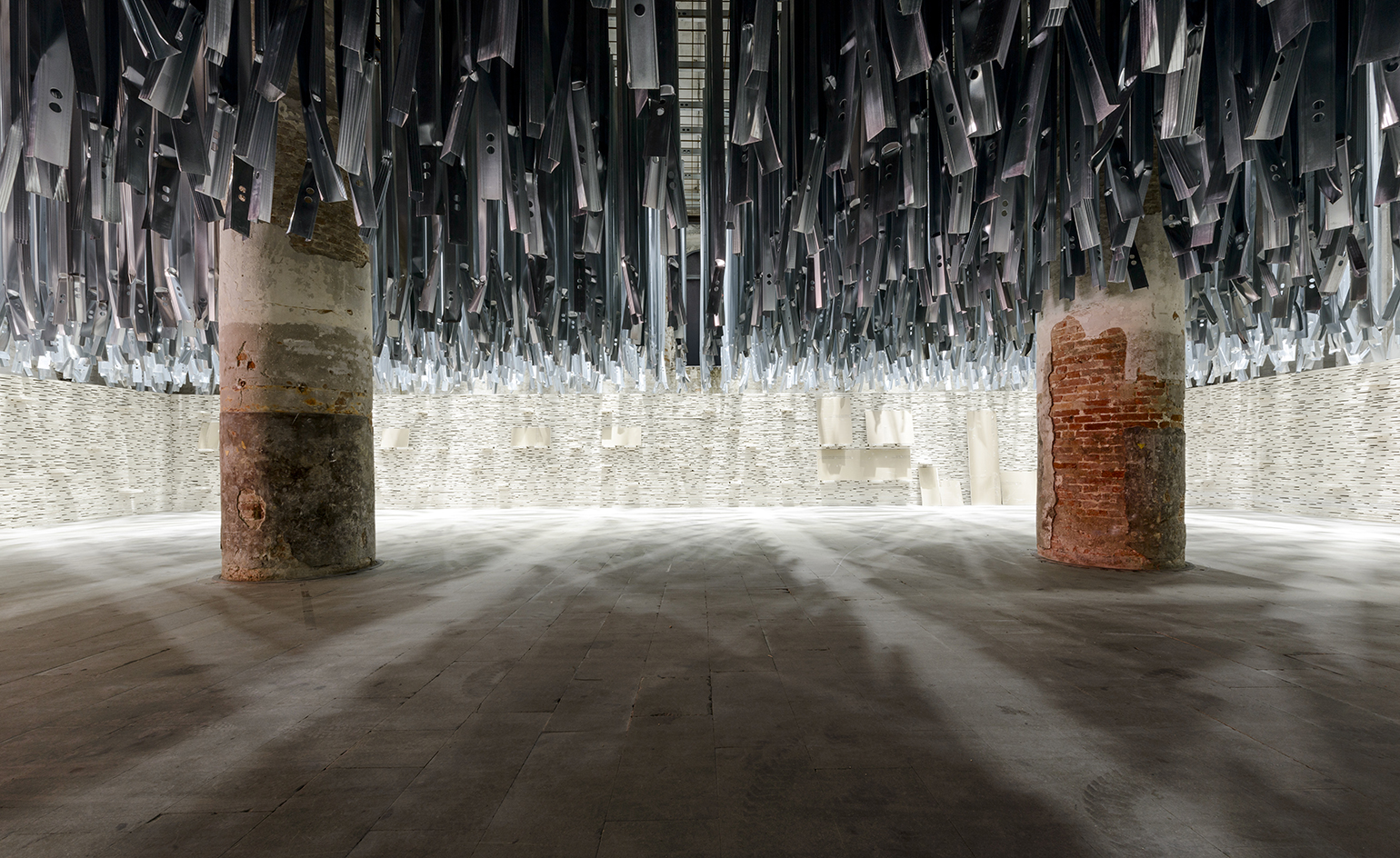
This, the 15th Venice Architecture Biennale, showed all the signs of the truculent teenage years. There was outright rebellion and a grudging respect for elders, all mixed in with a fair amount of politics, doom-mongering and angst. Curated by the Chilean architect Alejandro Aravena, 'Reporting from the Front' presented contemporary architecture as a series of linked dispatches from myriad battlefronts, some literally real and others set against numerous forces of capital and culture.
In recent years the Venice Biennale has shifted dramatically in tone from the starchitect-infused displays at the turn of the century, when budgets were high, prestige was higher and architecture teetered on the edge of becoming fine art's equal, with the same sheen of glamour and investment. That moment has passed, the old guard is moving on and the new generation doesn't seem to want to follow.
Aravena's Biennale is true to his theme of novelty, innovation and politically charged work, bringing some countries into the fold for the first time and displaying grass roots projects that would barely have had a satellite showing a decade ago. Some things don't change, however, and the tendency to distil complex projects into bold imagery – making the intangible Instagrammable, perhaps – held sway in many of the big rooms in the Arsenale, where the bulk of Aravena's invitees were assembled. From the very first room, where Aravena created a thicket of steel supports and plasterboard culled from the 2014 show, there were visually arresting installations, combinations of light and structure that served as welcome counterpoints to the denser, text-heavy displays.
In all, there were 88 participants from 37 countries, 50 of whom had never before exhibited at Venice. And although the old guard were on hand, their involvement felt more of a passing nod than a wholesale embrace. The approach worked best for presentations like Amateur Architecture Studio, who demonstrated the craft behind their Chinese projects, or the work of Rural Urban Framework in Mongolia.
In India, Anupama Kundoo Architects explored the limits of pragmatic materials and available labour, creating simple structures out of as little as possible. A Golden Lion was awarded to Paraguayan studio Gabinete de Arquitectura for its vast parabolic brick arch in the Central Pavilion, while the Silver Lion was awarded to Nigerian architect Kunlé Adeyemi for his wood-framed floating school, set up in the Arsenale basin. There were tonal clashes – Boris Bernaskoni's Matrex, a public building for the Skolkovo Innovation Centre, seemed at odds with the low-tech approach on display elsewhere. Vaults were also a feature of Norman Foster's prototype 'Droneport', an architectural elaboration for a simple idea (distributing medicines via drones in Africa).
Simplicity usually triumphed, as with Transsolar + Anja Thierfelder's striking light installation, or the sheer scale and scope of Bel Architects' exploration of new systems building types to help solve Germany's massive housing problems. The national displays housed in the Arsenale – the Gulf States, Slovenia, Italy, Chile and more – displayed facets of Aravena's grand (or rather, not so grand) theme of simple architectural ideas impacting upon communities and cultures that needed it most. The juxtaposition of big names with unconventional sites also drove this message home, like David Chipperfield's Naga Museum in Sudan.
Architecture's tendency to side-step politics was also addressed. The Central Pavilion saw both Forensic Architecture's eerie dissection of the blast path created by a drone strike and 'The Evidence Room', the assembled architecture data of the Auschwitz gas chambers, originally assembled to counter Holocaust deniers but presented here as evidence of 'the worst crime ever committed by an architect'.
Finally, it was left to the V&A-curated show, 'A World of Fragile Parts', to show the intersection between technology, memory and human cruelty, a chronicle of how reproductions and replicas have steered culture through periods of repression, destruction and the loss of knowledge. Venice 2016 was occasionally chaotic but always interesting, setting new standards and ambitions for the architectural community. It didn't always work, but when it did, the scales of privilege fell away and new approaches made themselves clear, perhaps for the very first time.
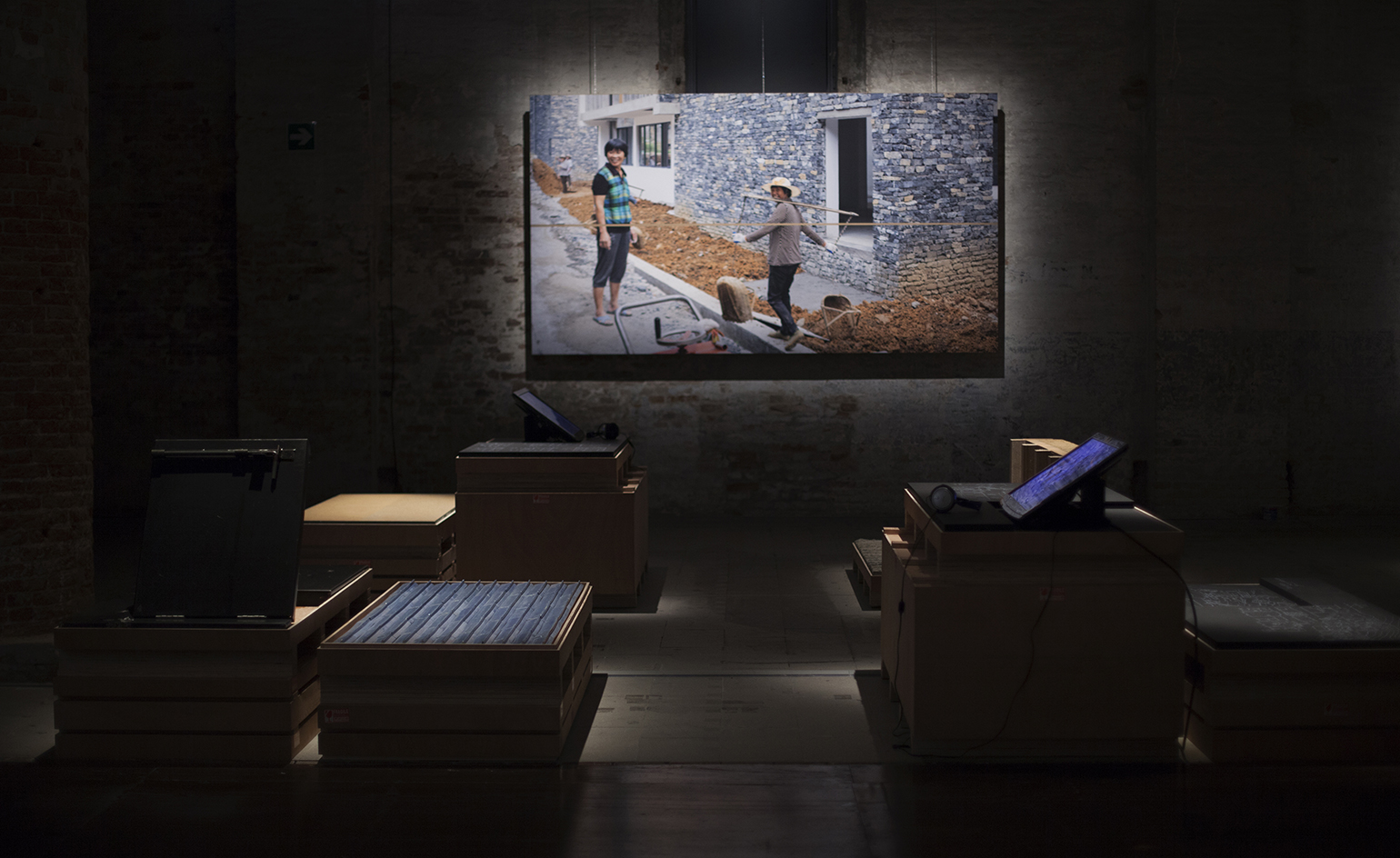
Wang Shu and Lu Wenyu's Amateur Architecture Studio from China created an expansive installation exploring materials in their recent projects. Photography: Italo Rondinella
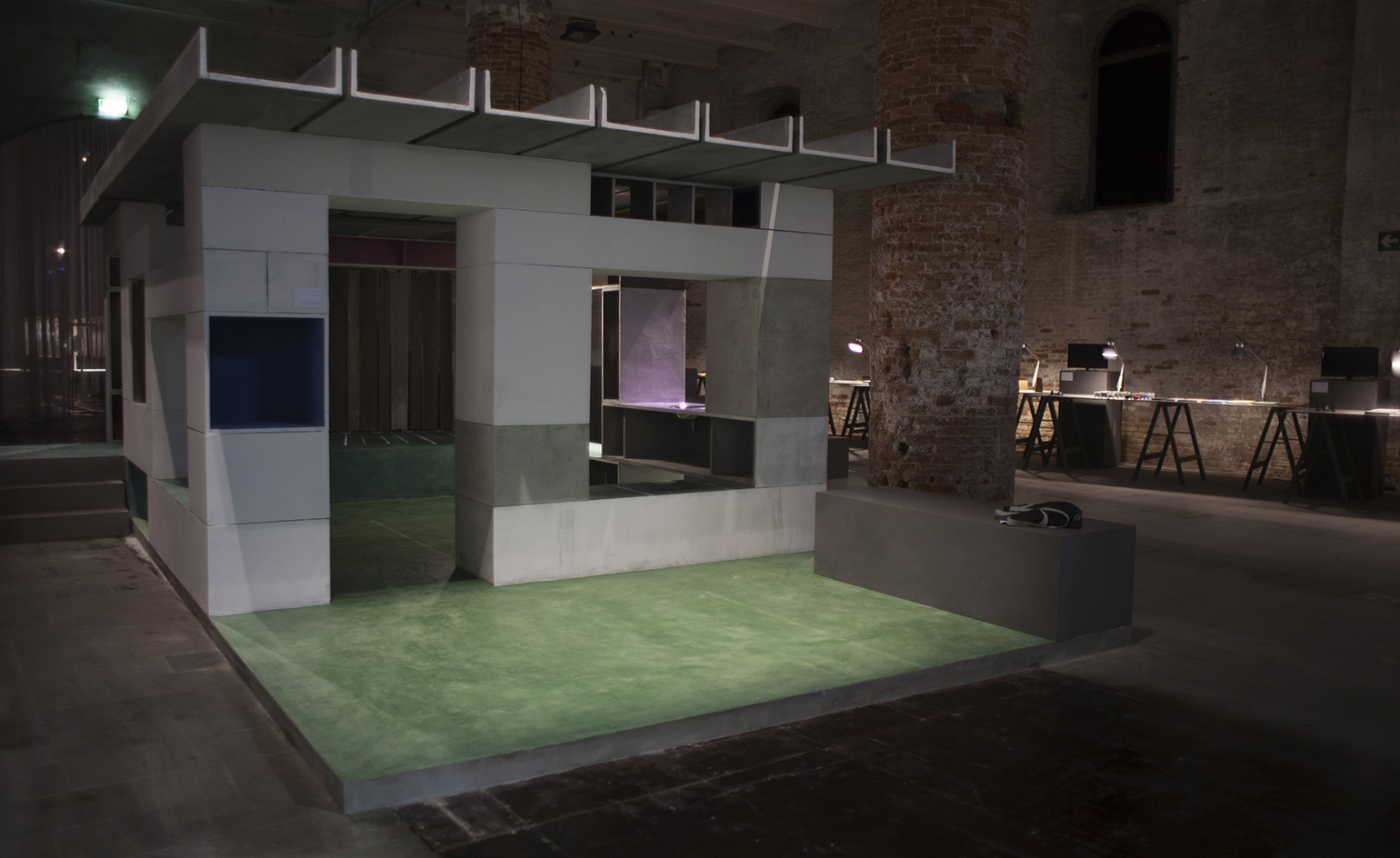
Indian, Madrid-based architect Anupama Kundoo showcased a full scale example of her low cost modular home model. Photography: Italo Rondinella
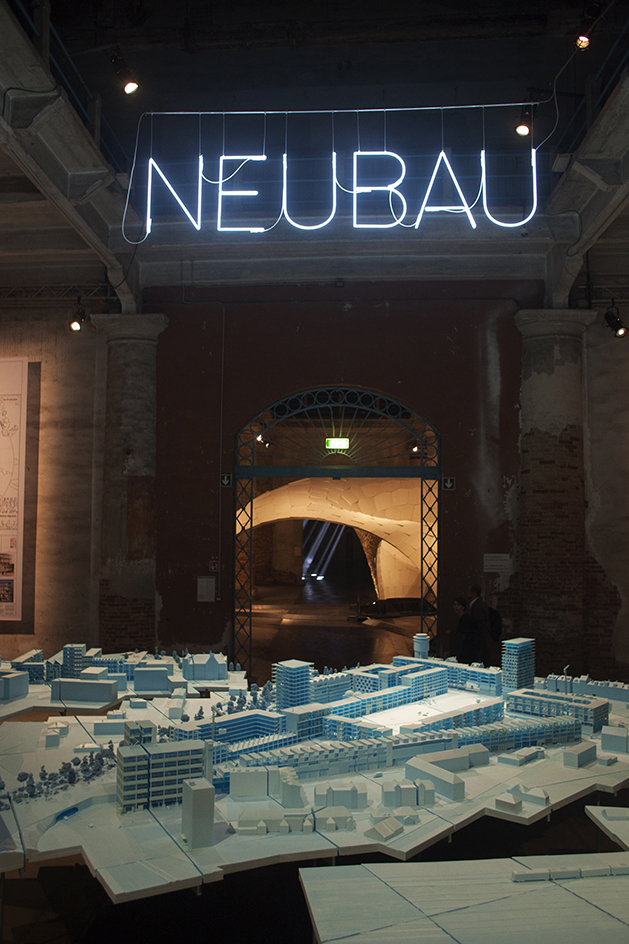
Also participating in the Arsenale's Corderie hall are BeL Sozietät für Architektur. Photography: Italo Rondinella
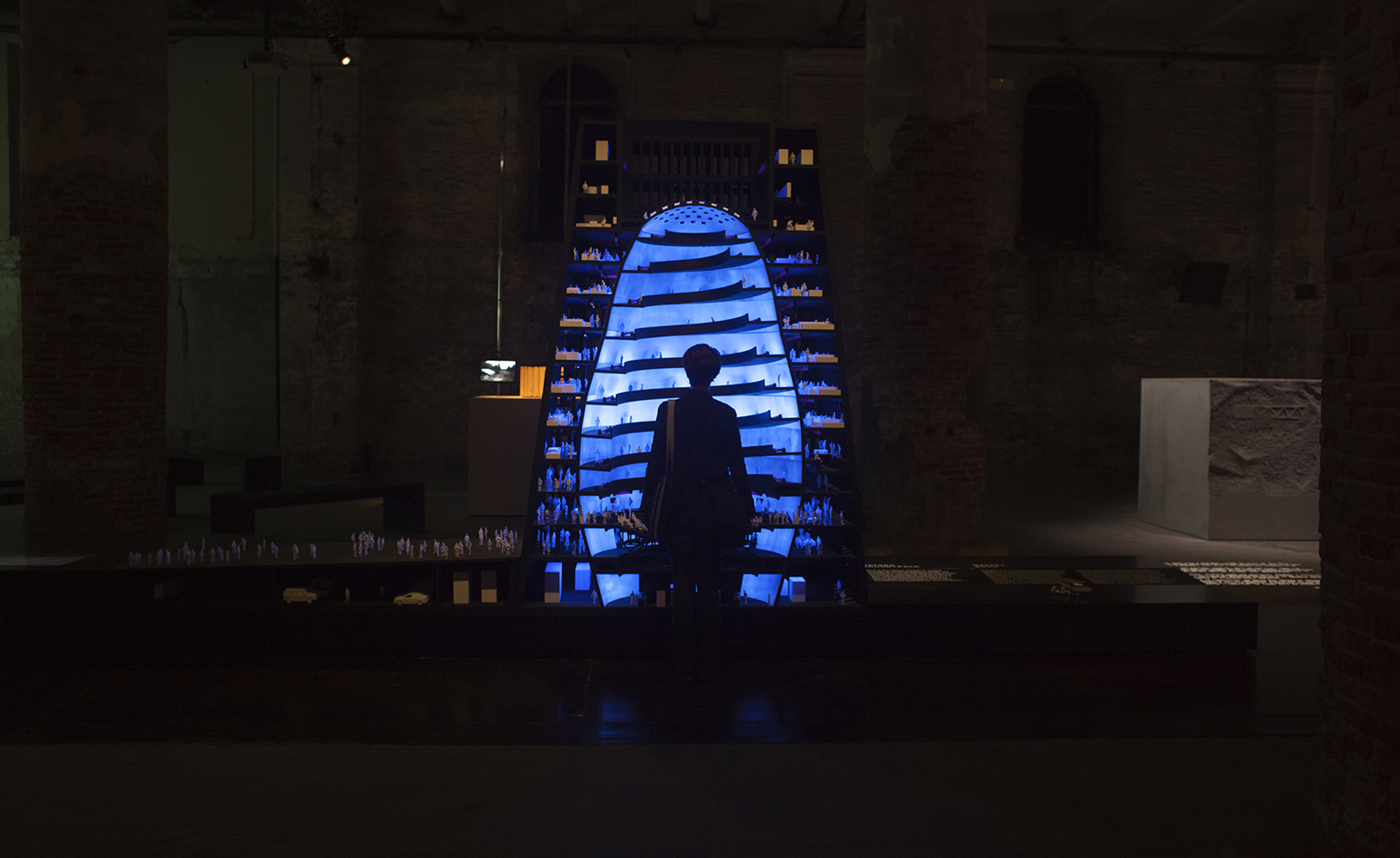
Russian architect Boris Bernaskoni added to the display with a large model of his Matrex project, a public building in Skolkovo. Photography: Italo Rondinella
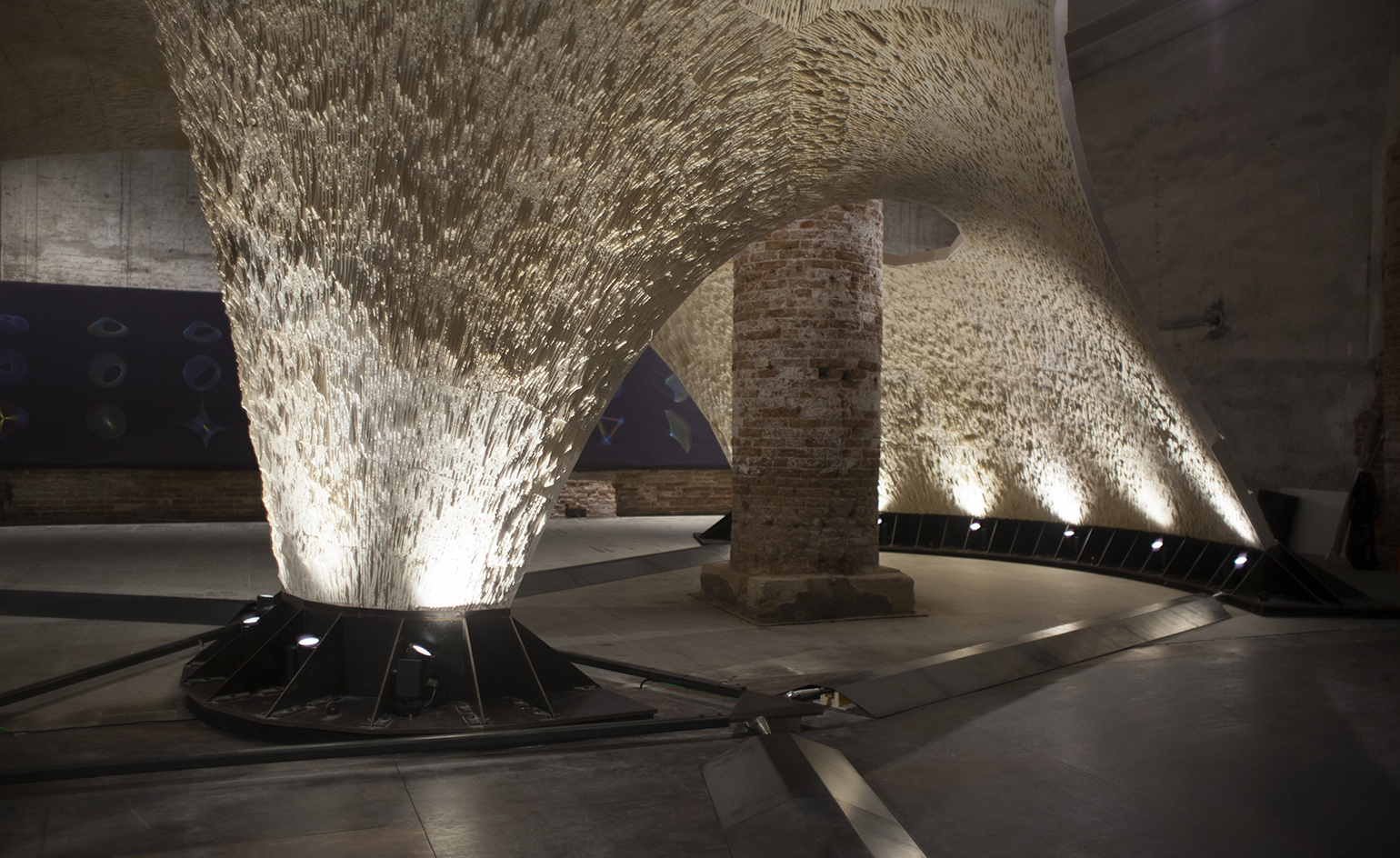
A group consisting of ETH Zurich-Ochsendorf, DeJong & Block and the Escobedo Group were behind one more of the Corderie gallery's large scale installations. Photography: Italo Rondinella
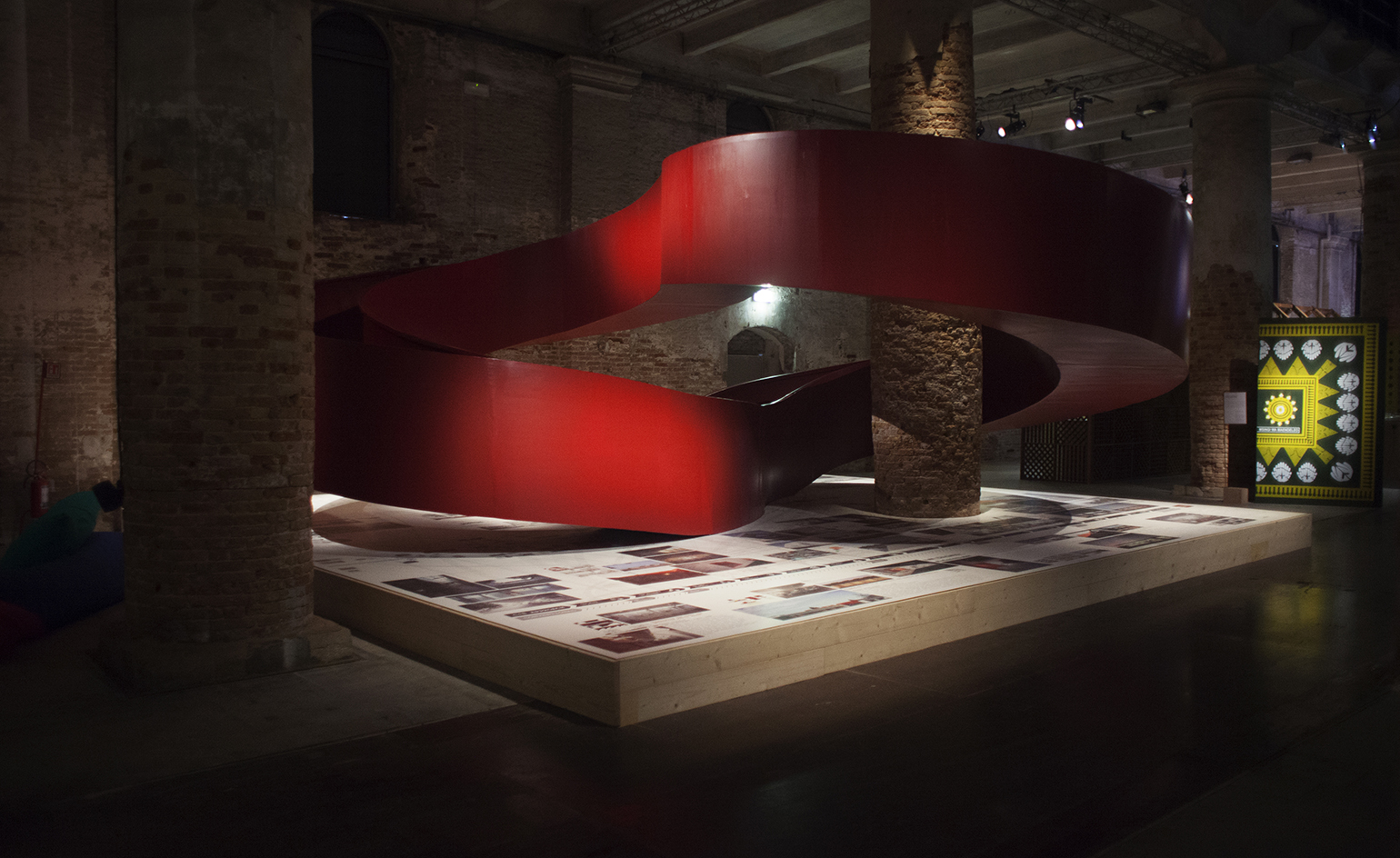
Nearby, C+S Architects showcased the eye catching 'Aequilibrium', a 'self supported open knot'. Photography: Italo Rondinella
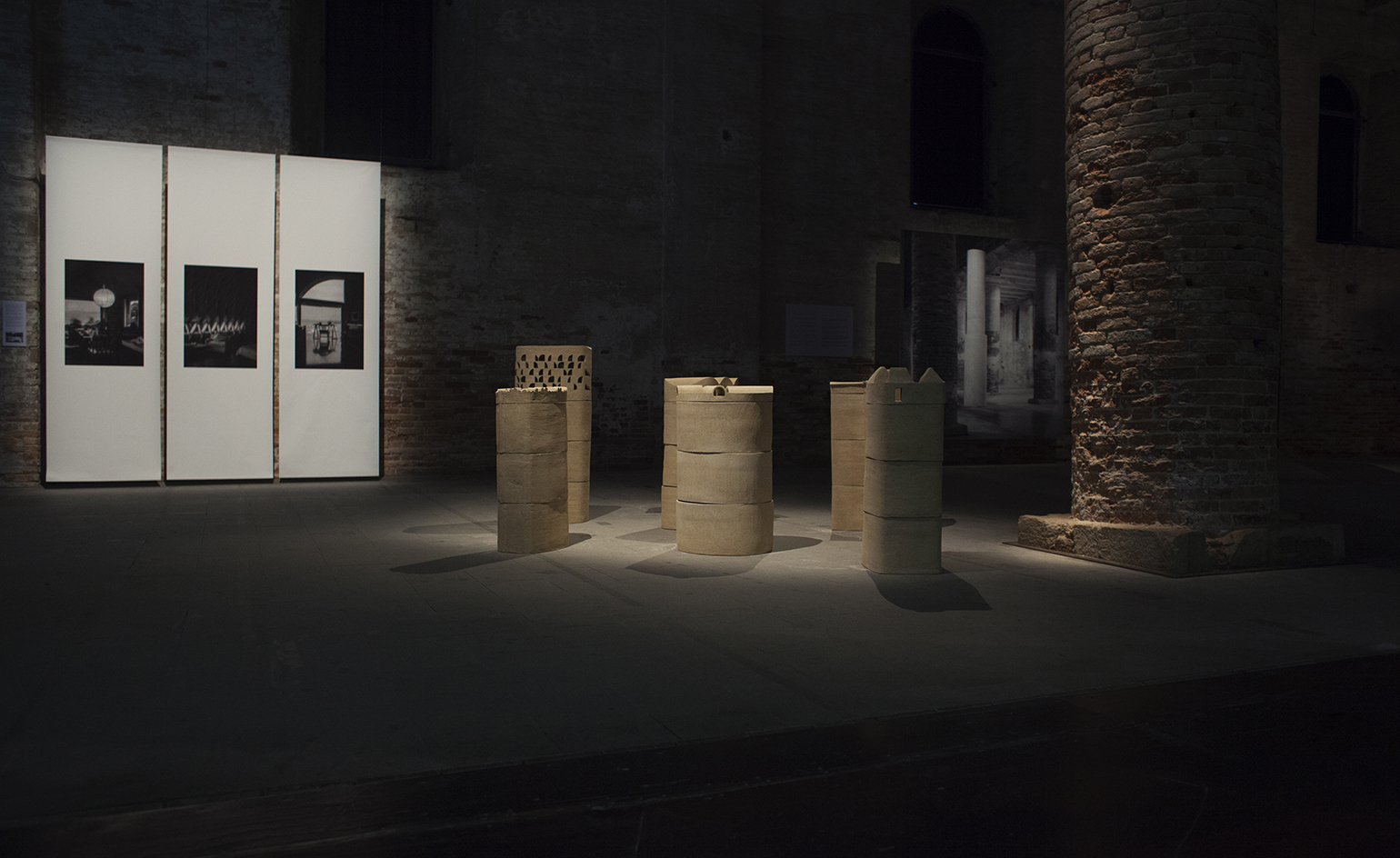
The Arsenale also contains fellow Chilean architect Cecilia Puga's contribution. Photography: Italo Rondinella
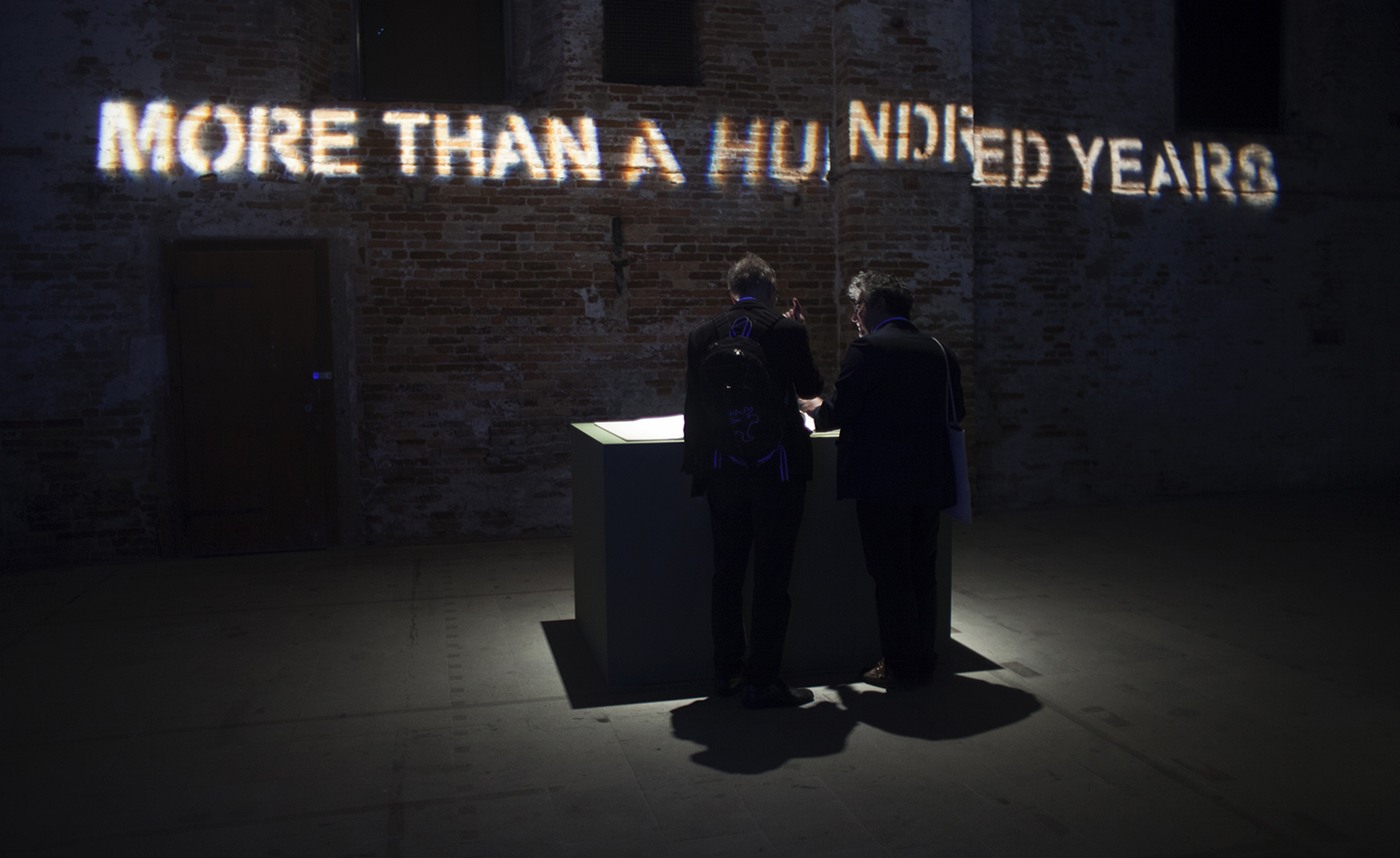
Swiss architects Christ & Gantenbein's participation in the Venice Architecture Biennale is their second; they also contributed to the 13th Biennale. Photography: Italo Rondinella
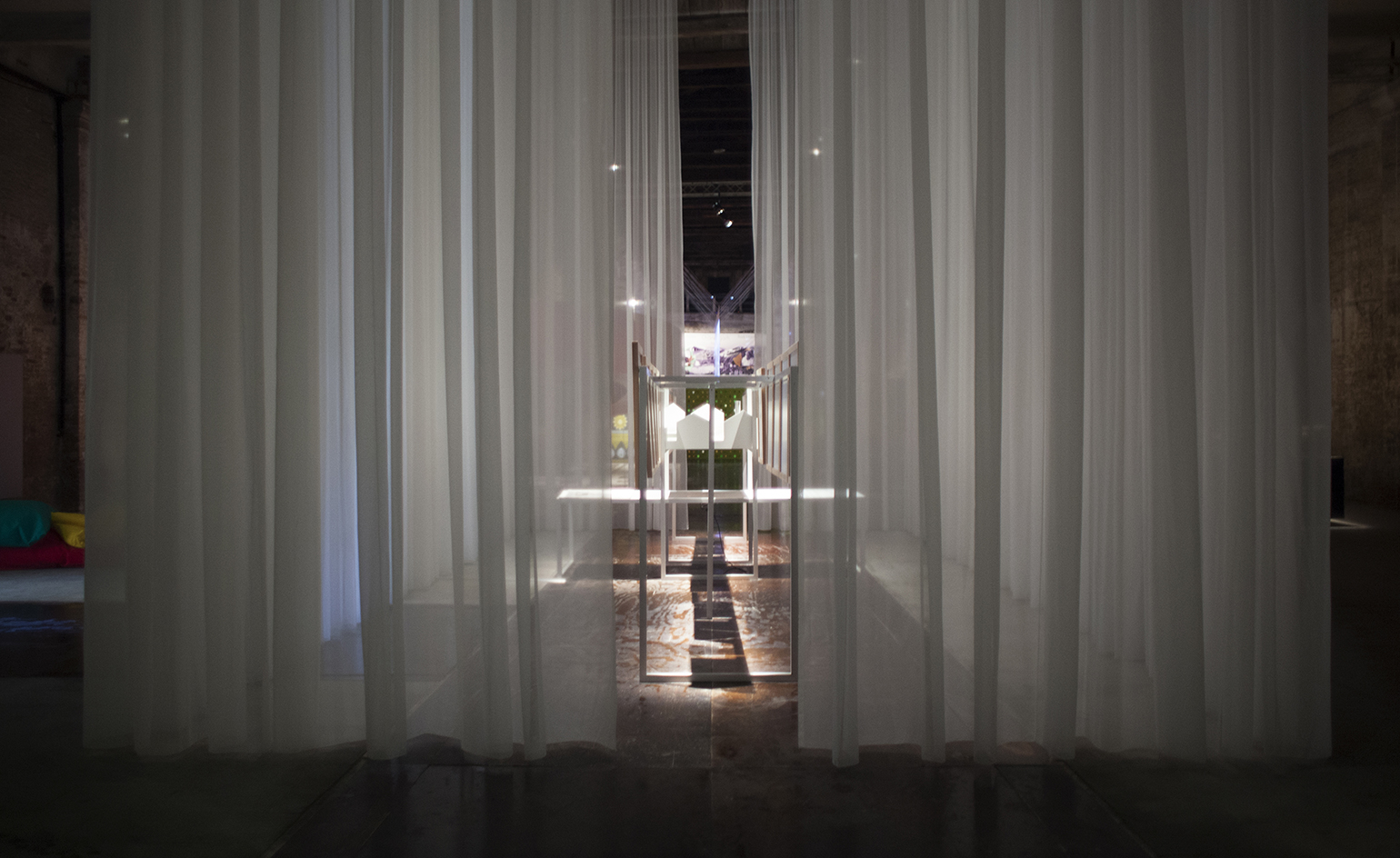
Portuguese architect Inês Lobo created an installation hidden behind semi-transparent curtains. Photography: Italo Rondinella
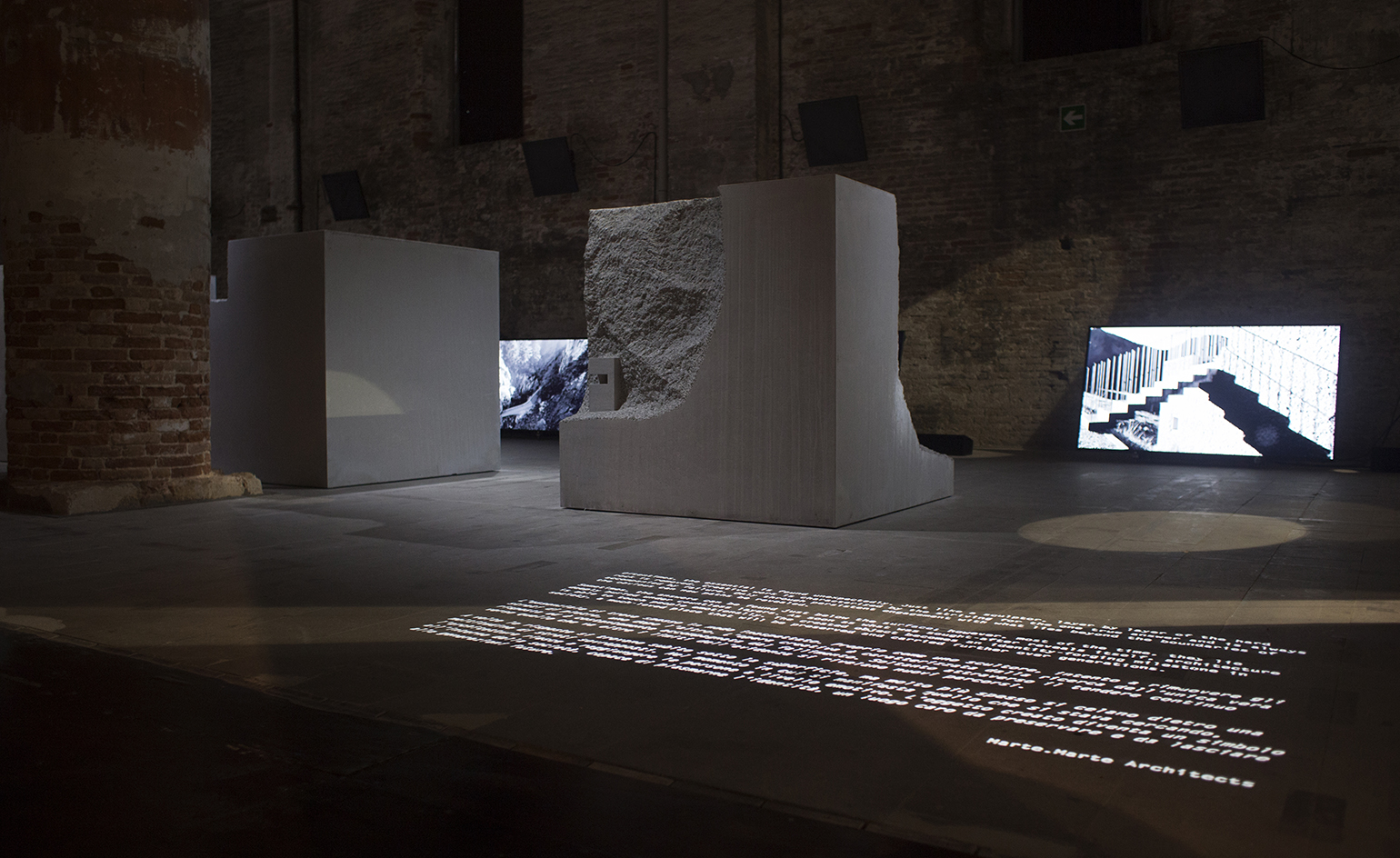
Drawing on their previous work, Austrians Marte.Marte created a sculptural display that hovers between art and architecture. Photography: Italo Rondinella
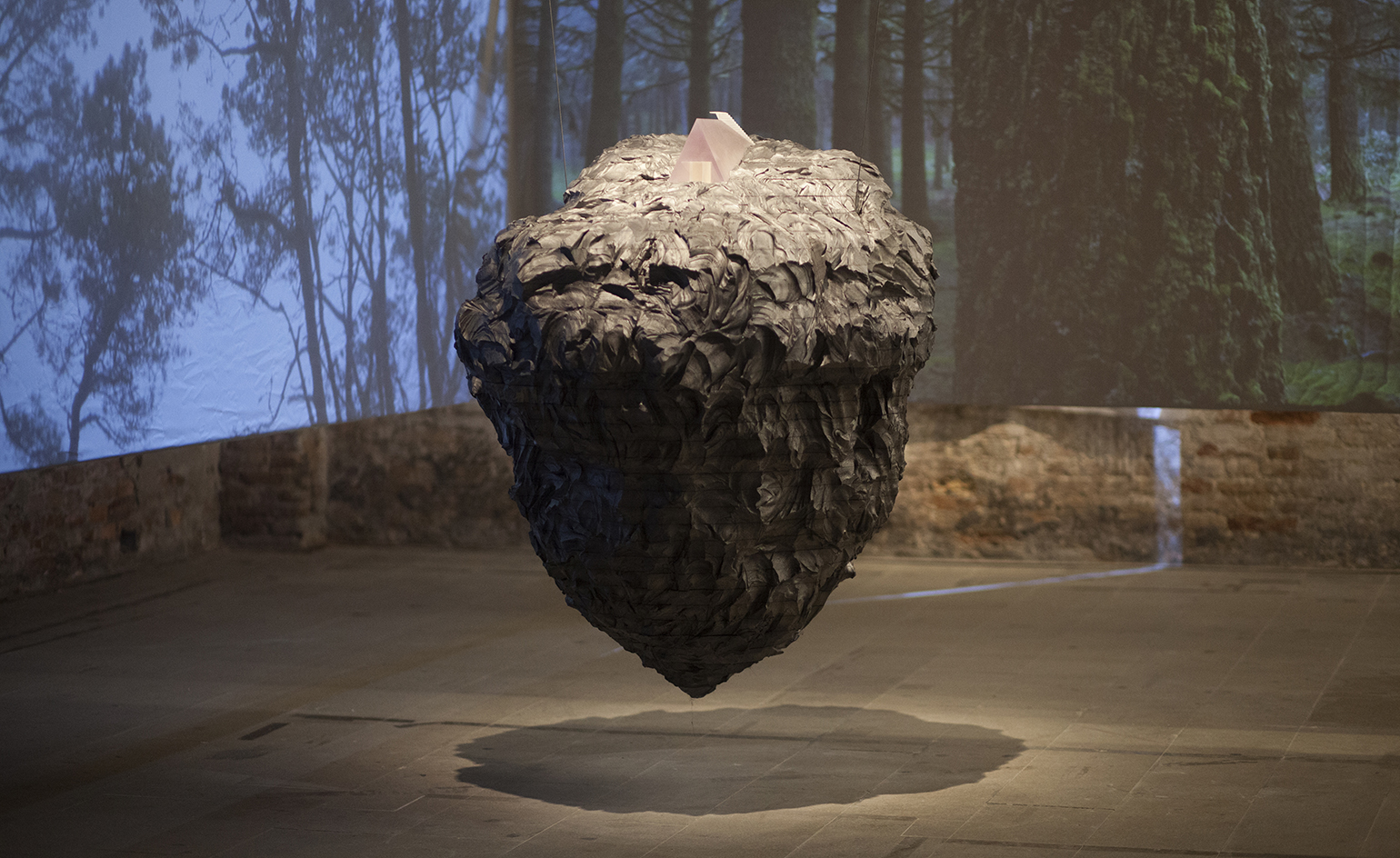
Portuguese architect Paulo David went for a similar approach. Photography: Italo Rondinella

Indian firm Studio Mumbai showcased their flair and masterful craftsmaking with an installation at the Arsenale. Photography: Italo Rondinella

One of the few starchitecture names in the Biennale this year, Tadao Ando displayed his Punta della Dogana museum in Venice. Photography: Italo Rondinella
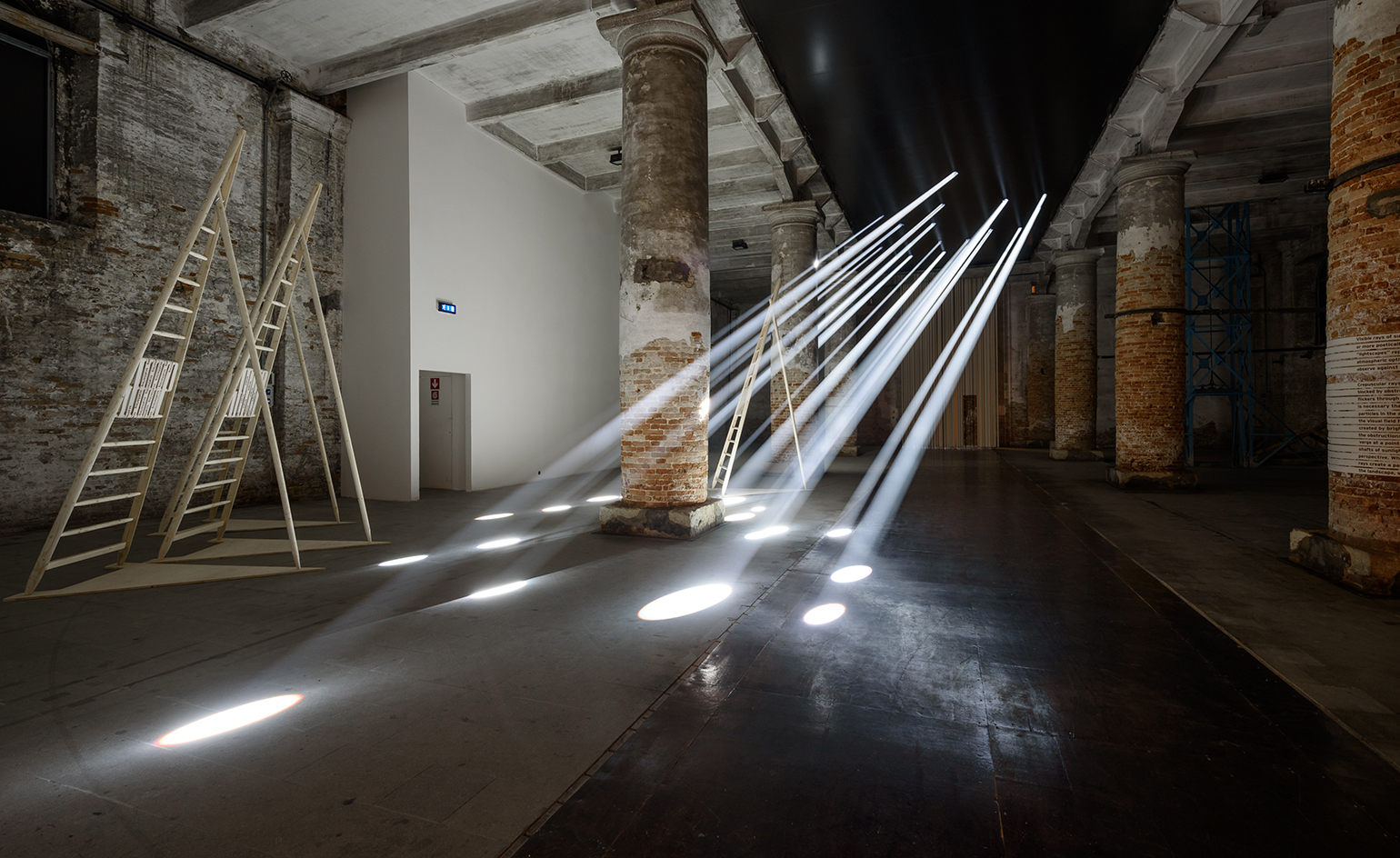
An arresting concept by Transsolar + Anja Thierfelder, this display created the illution of rays of light into the dimly lit Corderie galleries. Photography: Andrea Avezzu
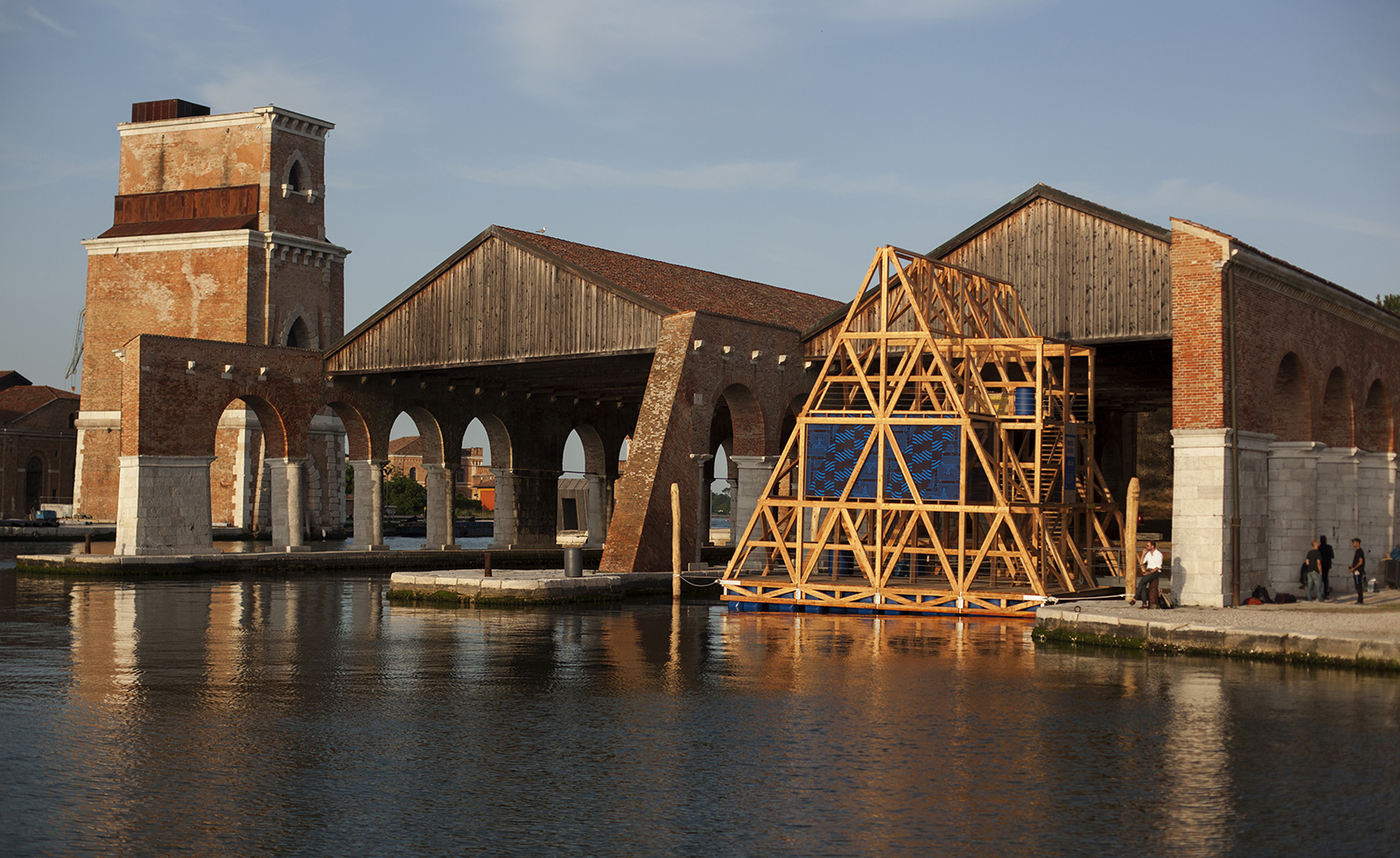
Meanwhile, outside, on the grounds of the Arsenale complex, NLÉ and Kunlé Adeyemi's Makoko Floating School came to life. It won him the Silver Lion for a Promising Young Participant. Photography: Italo Rondinella
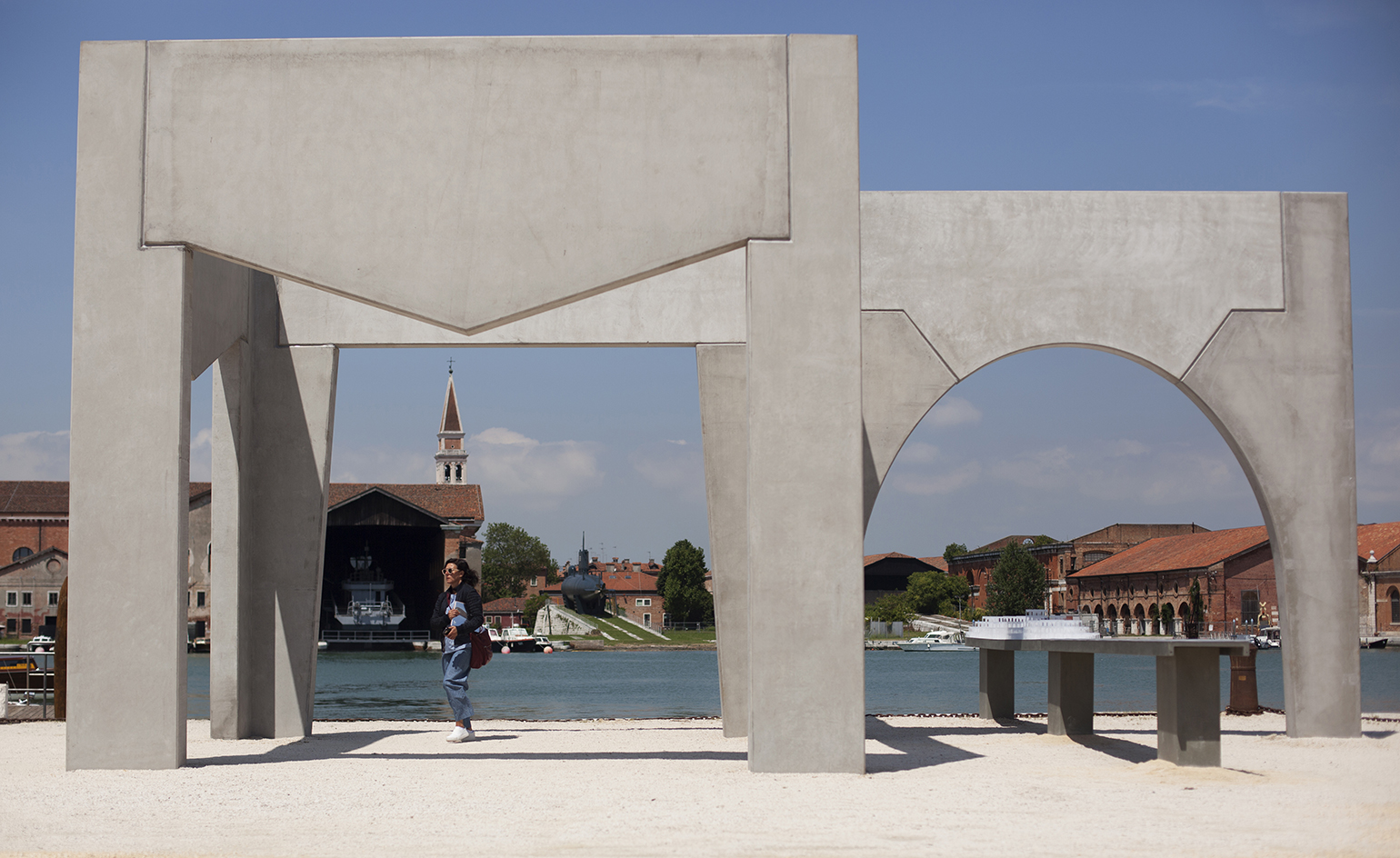
Nearby, a large scale pavilion by the Belgian/US Organization for Permanent Modernity. Photography: Italo Rondinella
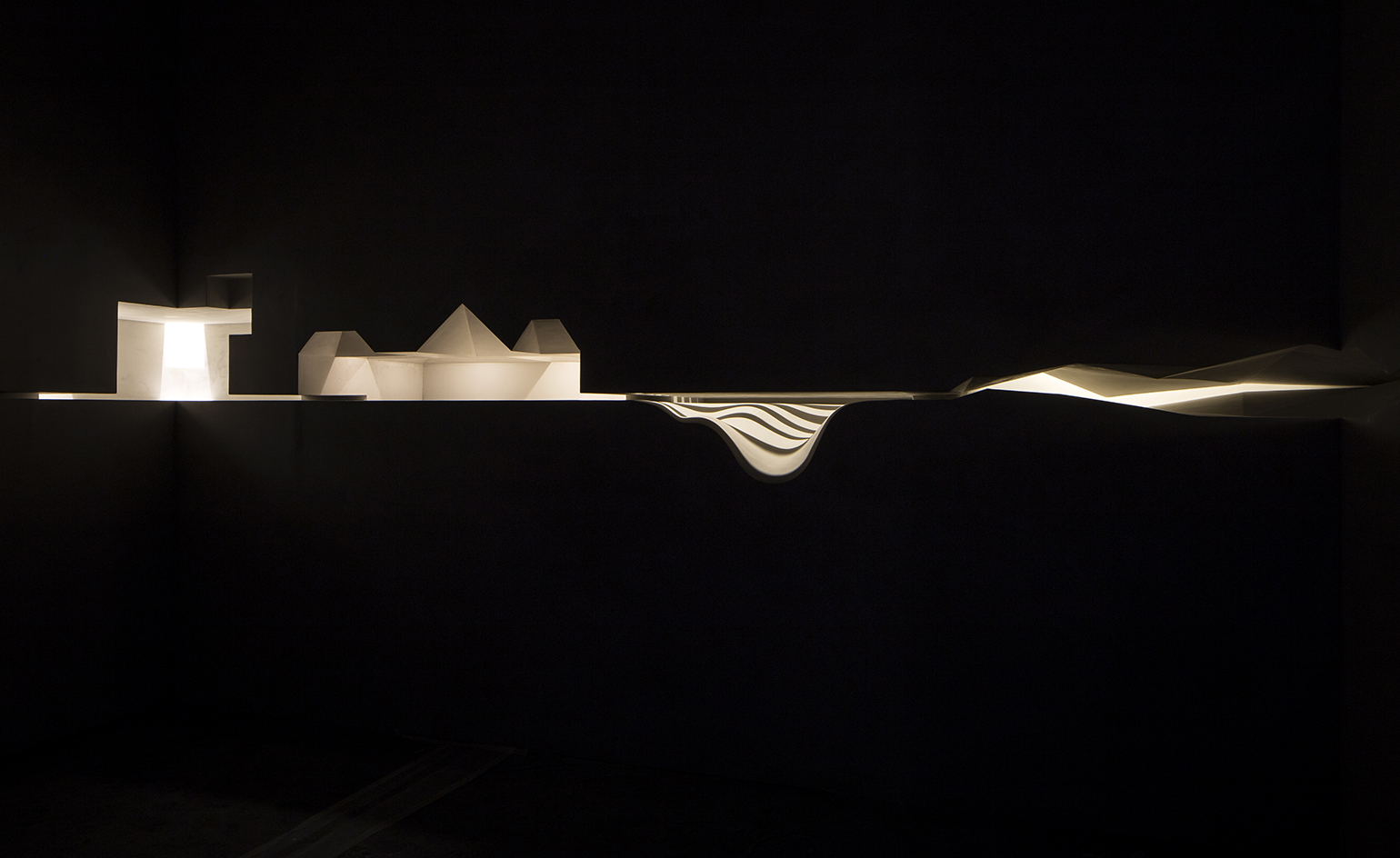
The Giardini's Padiglione Centrale hosted the second chunk of Aravena's show. Pictured here, a mesmerising light installation by Aires Mateus. Photography: Francesco Galli
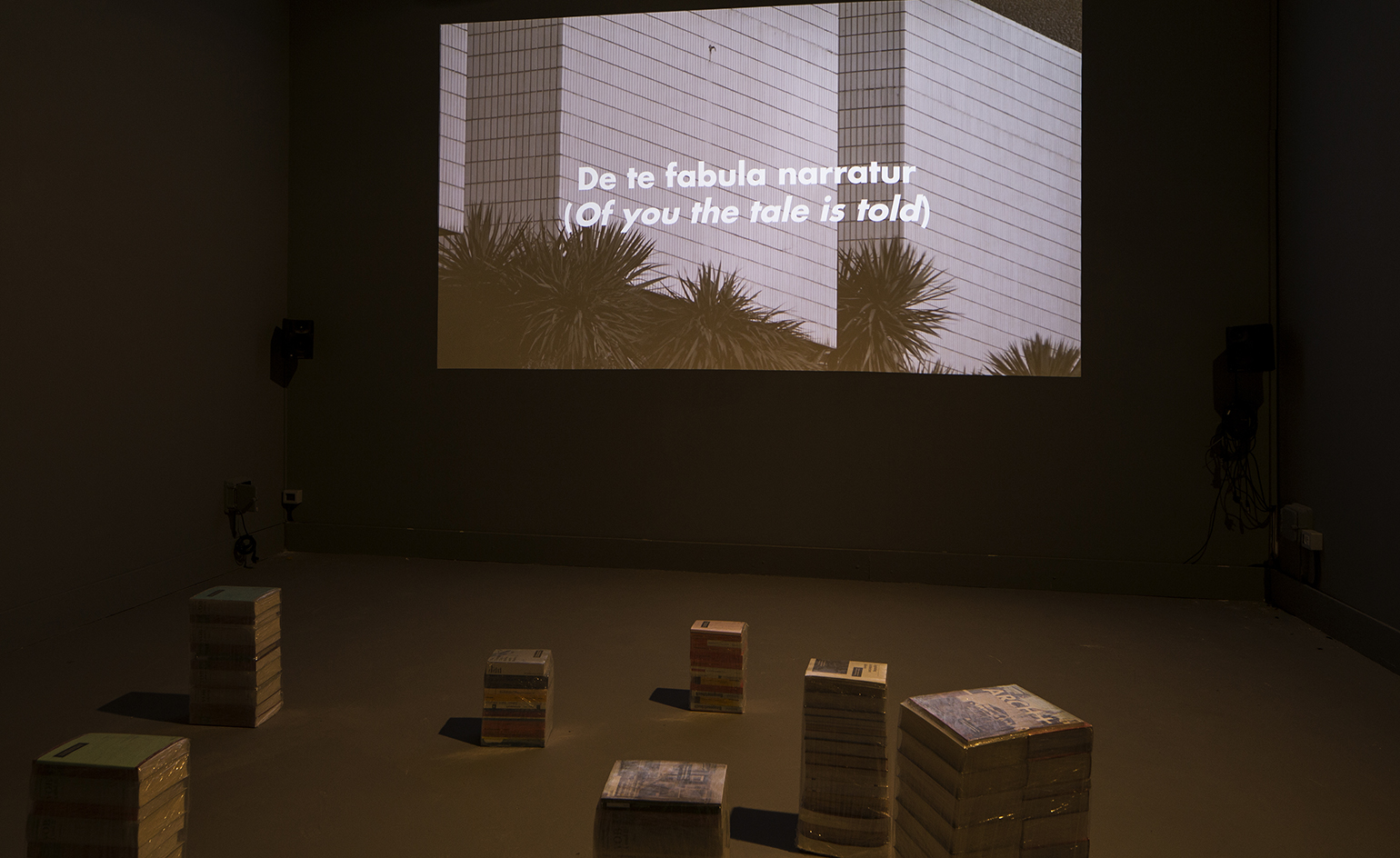
Arno Brandlhuber and Christopher Roth took the opportunity to elaborate on the former's 'Antivilla' project. Photography: Francesco Galli
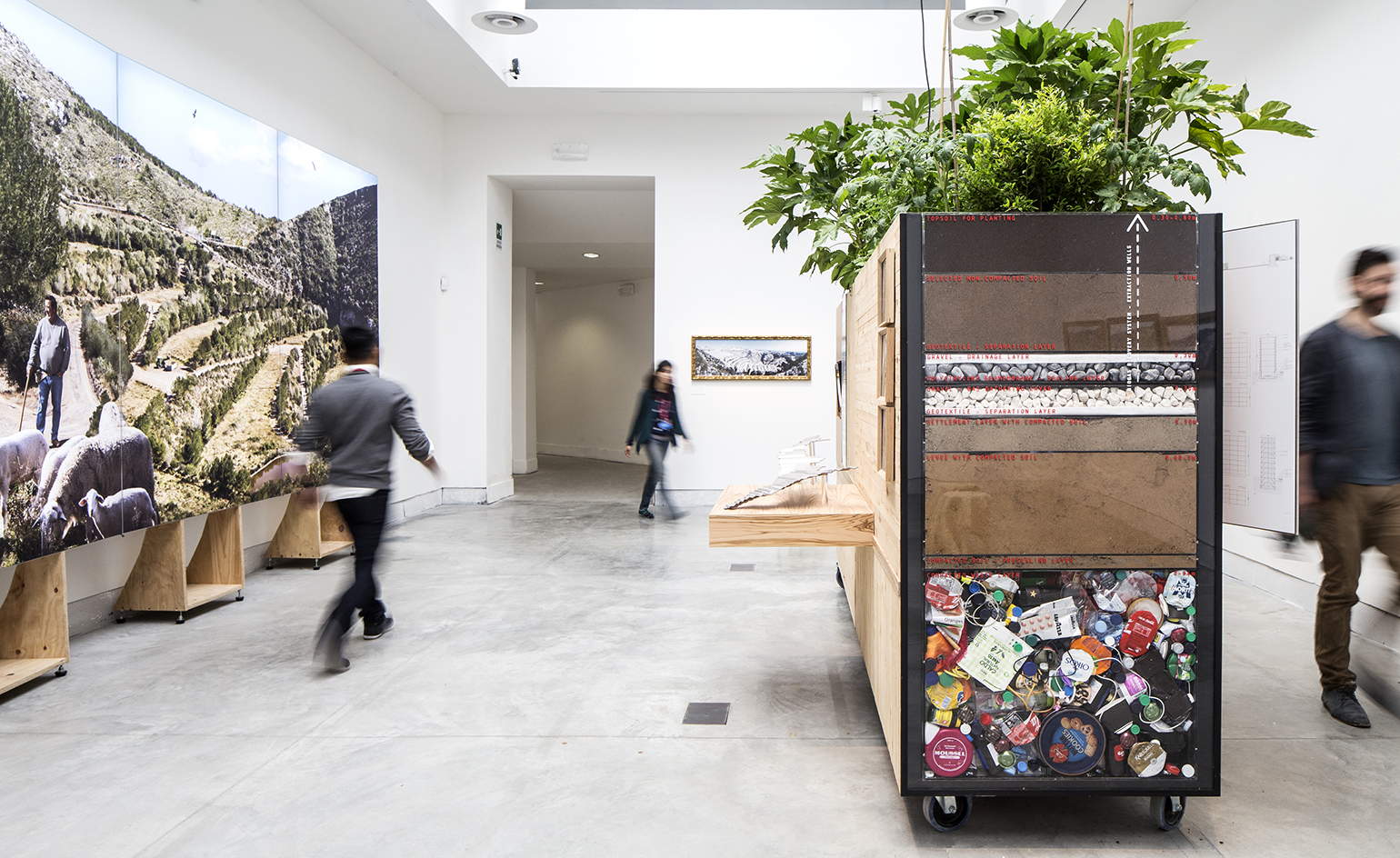
Battle i Roig Arquitectes had a double presence at the Biennale this year – one in the Central Pavilion, exploring landfill landscapes and another at the collateral exhibition 'Catalonia in Venice'. Photography: Francesco Galli
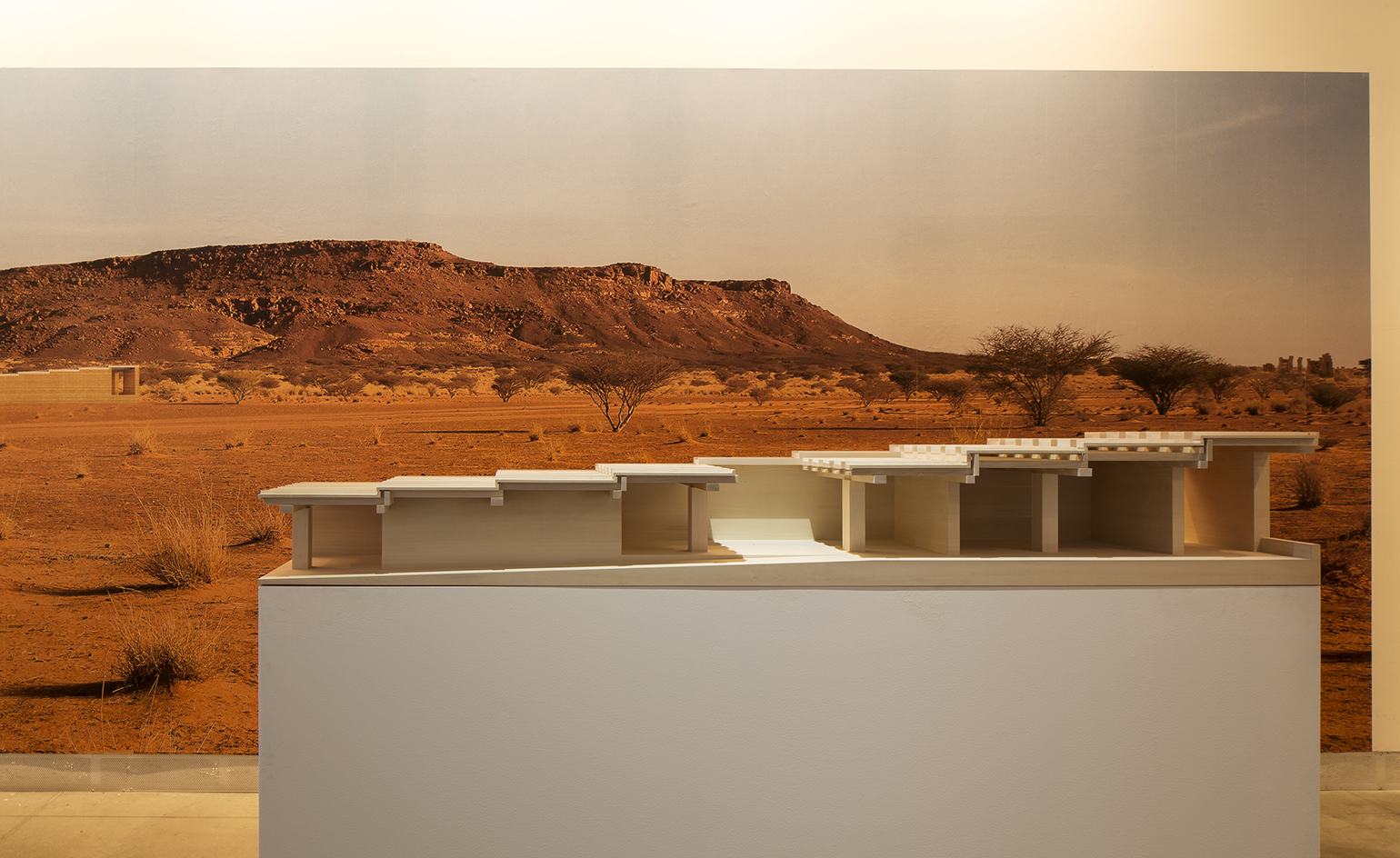
David Chipperfield showcases his work for the Naga Museum in Sudan. Photography: Francesco Galli

EPEA Internationale Umweltforschung present the 'Cradle to Cradle' design concept during the Biennale, showing how architecture can improve our quality of life. Photography: Francesco Galli
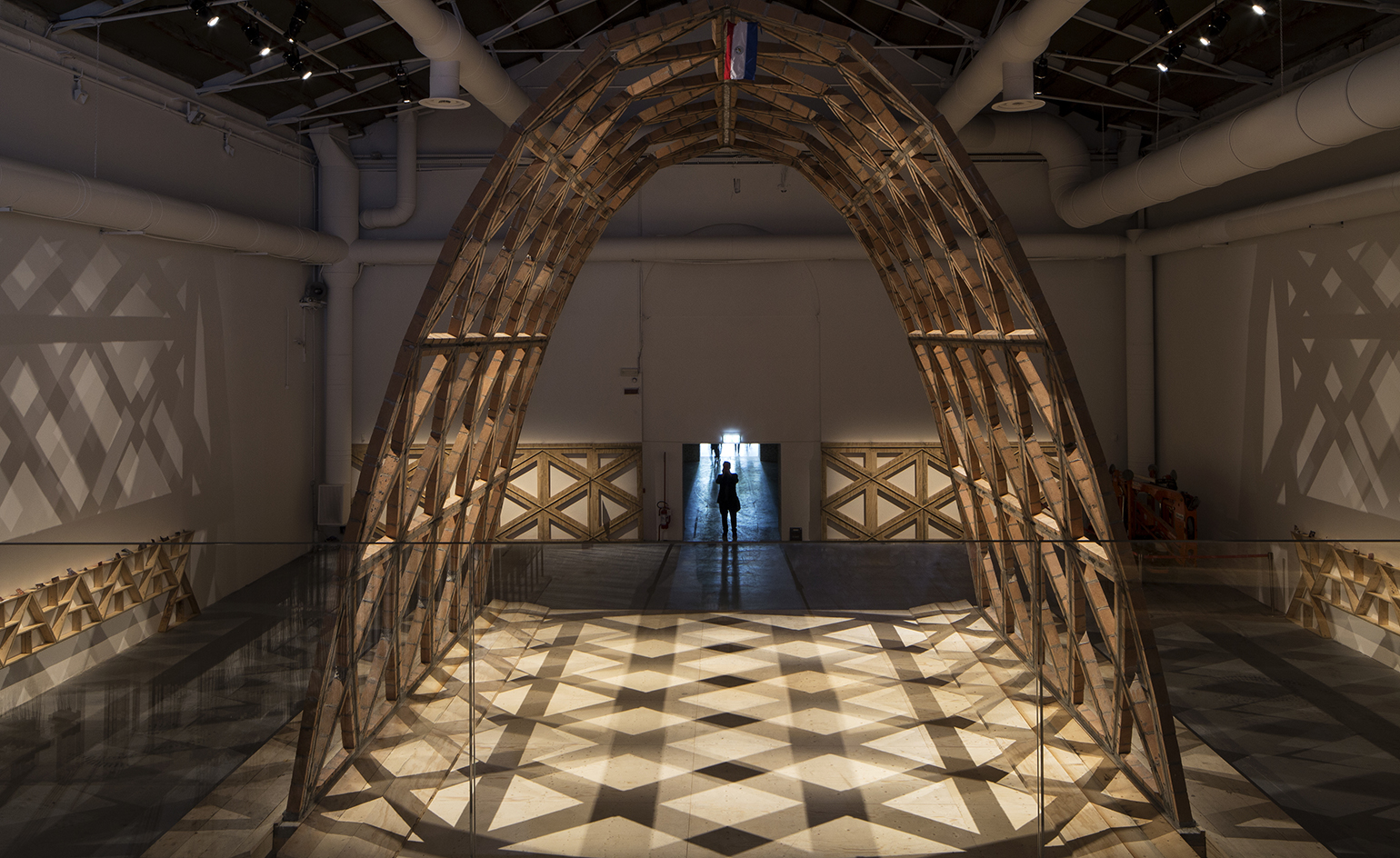
Gabinete de Arquitectura won the Golden Lion for Best Participant in the International Exhibition with their installation, working with simple materials and unskilled labour. Photography: Francesco Galli
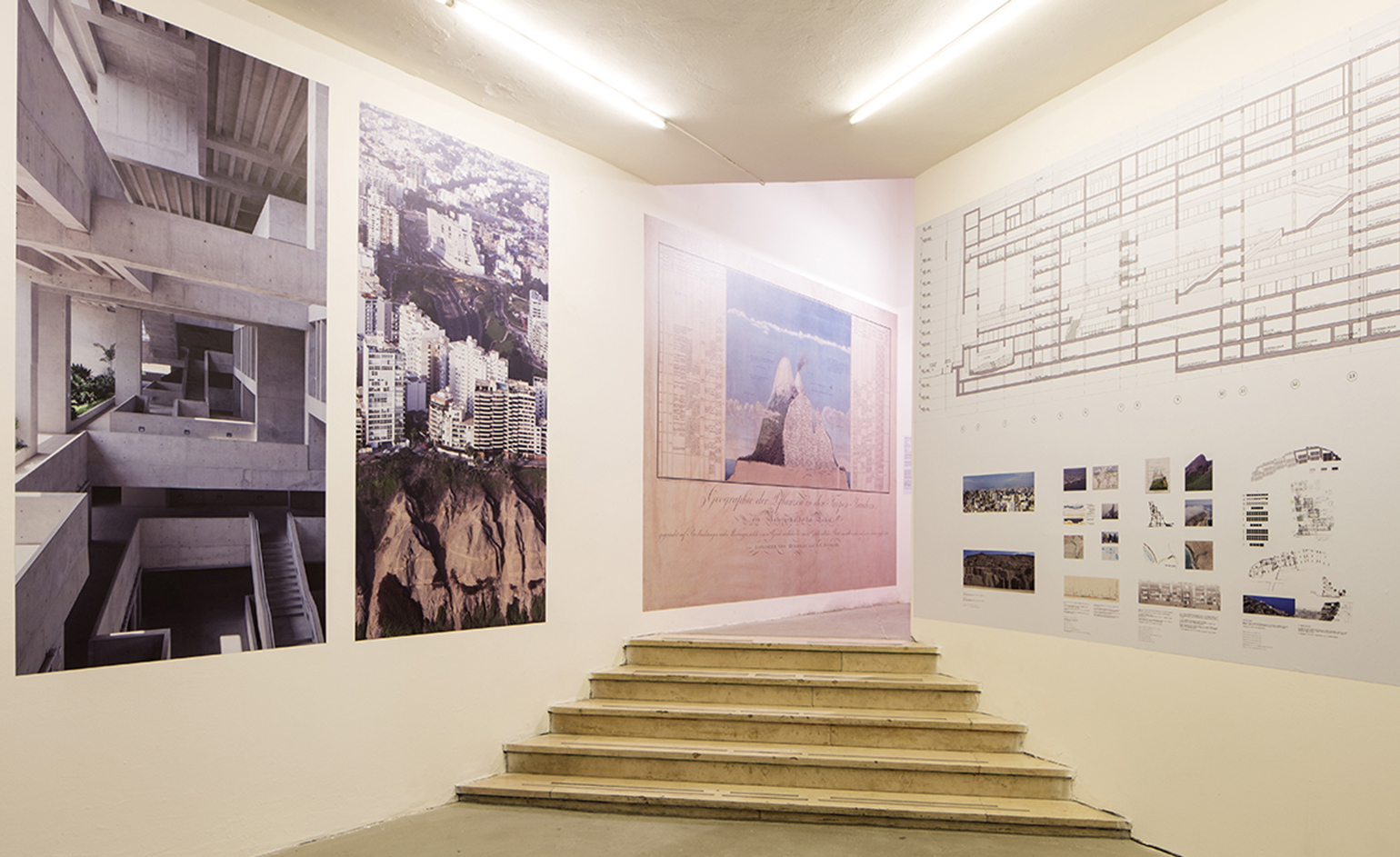
Former Silver Lion winners Grafton are back, this time focusing on their work in Peru. Photography: Francesco Galli
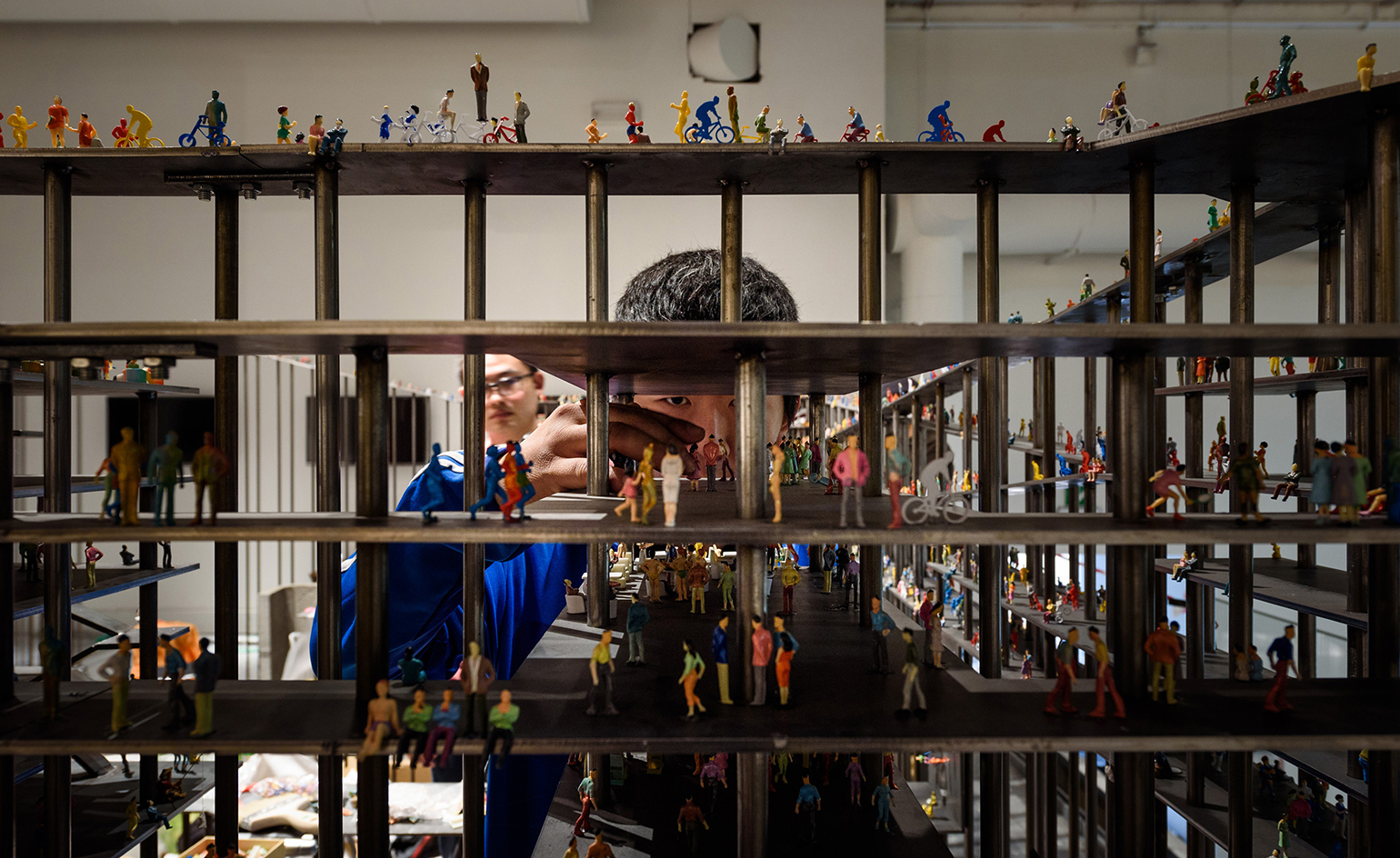
At the same time, Chinese firm Jiakun Architects celebrated 'everyday life' through their display. Photography: Francesco Galli
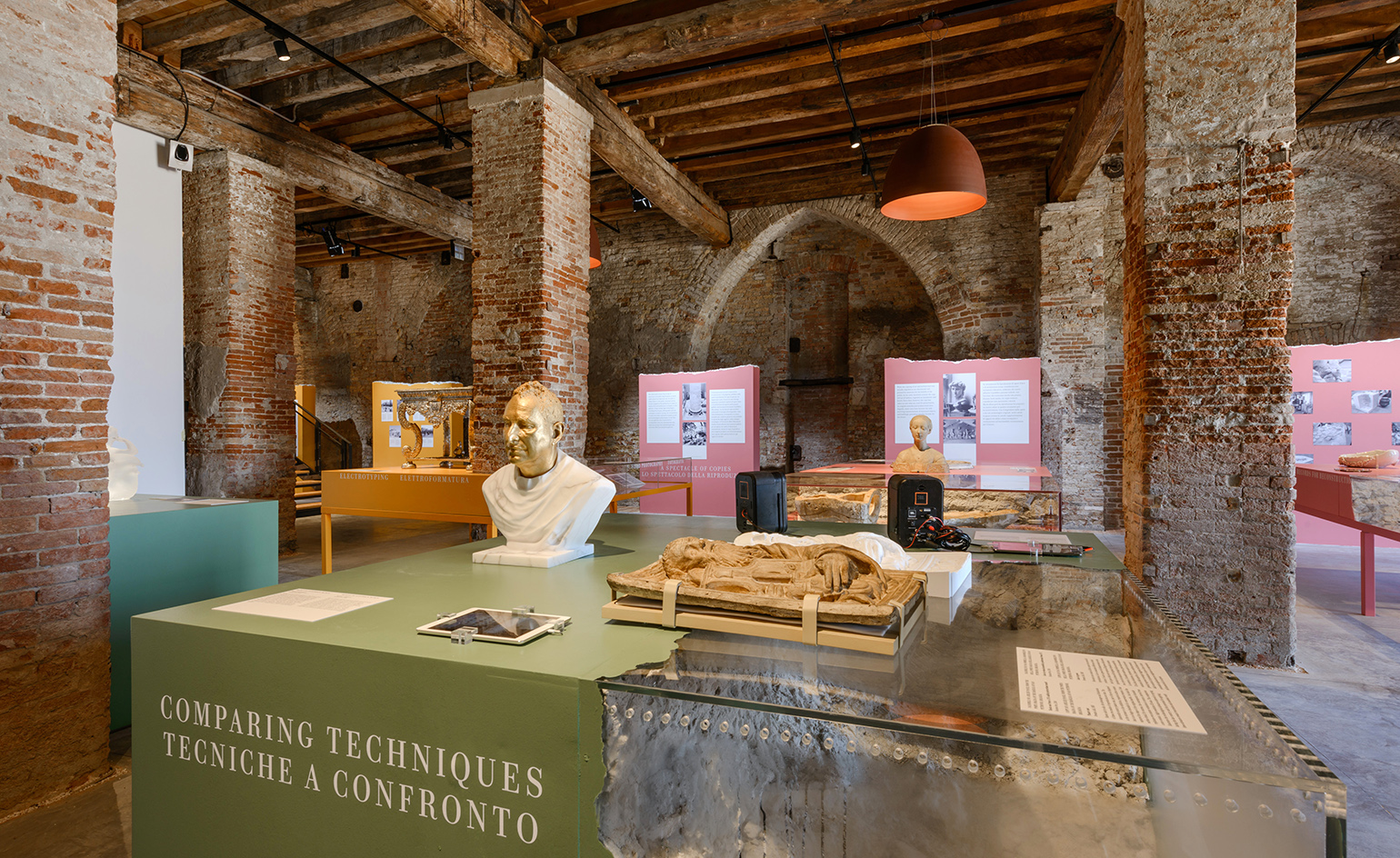
In the Sale d'Armi show ‘A World of Fragile Parts’, the Venice Biennale and the Victoria and Albert Museum collaborate in a display that investigates ideas of heritage, technology and copying
INFORMATION
The Venice Architecture Biennale runs until 27 November. For more information, visit the Biennale's website
Receive our daily digest of inspiration, escapism and design stories from around the world direct to your inbox.
Jonathan Bell has written for Wallpaper* magazine since 1999, covering everything from architecture and transport design to books, tech and graphic design. He is now the magazine’s Transport and Technology Editor. Jonathan has written and edited 15 books, including Concept Car Design, 21st Century House, and The New Modern House. He is also the host of Wallpaper’s first podcast.
-
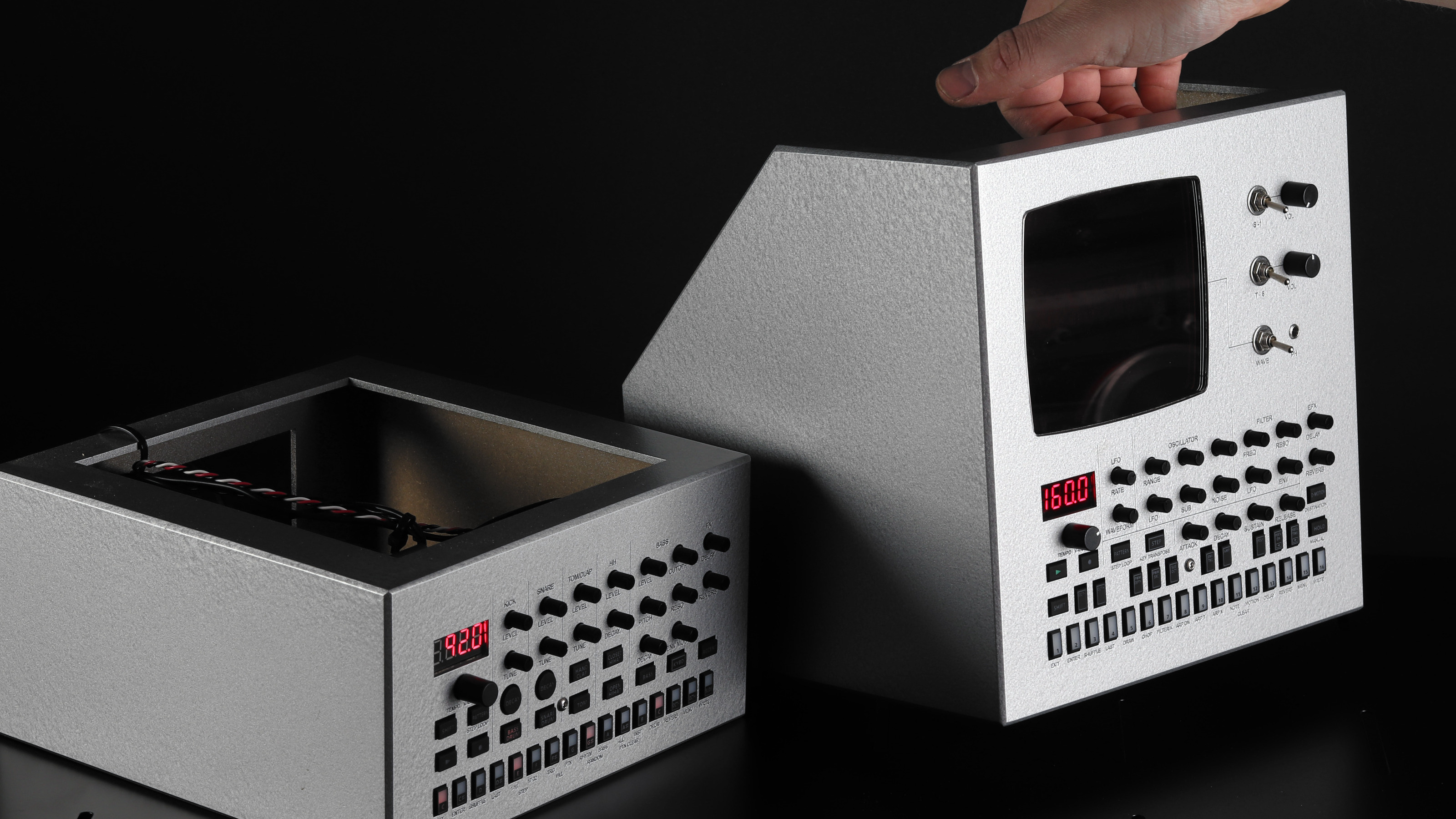 Year in Review: we’re always after innovations that interest us – here are ten of 2025’s best
Year in Review: we’re always after innovations that interest us – here are ten of 2025’s bestWe present ten pieces of tech that broke the mould in some way, from fresh takes on guitar design, new uses for old equipment and the world’s most retro smartwatch
-
 Art and culture editor Hannah Silver's top ten interviews of 2025
Art and culture editor Hannah Silver's top ten interviews of 2025Glitching, coding and painting: 2025 has been a bumper year for art and culture. Here, Art and culture editor Hannah Silver selects her favourite moments
-
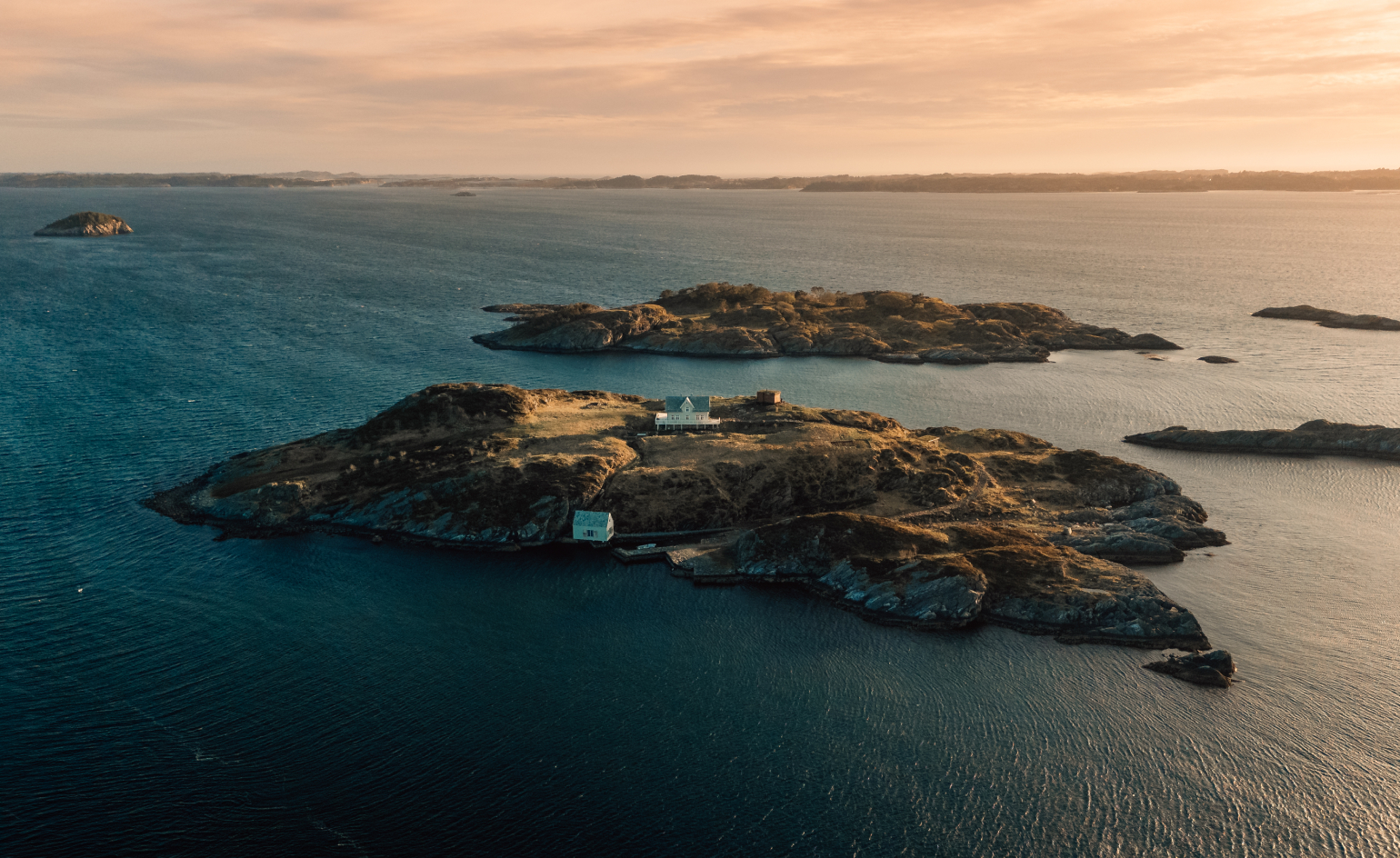 In Norway, remoteness becomes the new luxury
In Norway, remoteness becomes the new luxuryAcross islands and fjords, a new wave of design-led hideaways is elevating remoteness into a refined, elemental form of luxury
-
 Modernist Palazzo Mondadori’s workspace gets a playful Carlo Ratti refresh
Modernist Palazzo Mondadori’s workspace gets a playful Carlo Ratti refreshArchitect Carlo Ratti reimagines the offices in Palazzo Mondadori, the seminal work by Brazilian master Oscar Niemeyer in Milan
-
 Wang Shu and Lu Wenyu to curate the 2027 Venice Architecture Biennale
Wang Shu and Lu Wenyu to curate the 2027 Venice Architecture BiennaleChinese architects Wang Shu and Lu Wenyu have been revealed as the curators of the 2027 Venice Architecture Biennale
-
 At the Holcim Foundation Forum and its Grand Prizes, sustainability is both urgent and hopeful
At the Holcim Foundation Forum and its Grand Prizes, sustainability is both urgent and hopefulThe Holcim Foundation Forum just took place in Venice, culminating in the announcement of the organisation's Grand Prizes, the projects especially honoured among 20 previously announced winning designs
-
 Carlo Ratti reflects on his bold Venice Architecture Biennale as it closes this weekend
Carlo Ratti reflects on his bold Venice Architecture Biennale as it closes this weekendThe Venice Architecture Biennale opens with excitement and fanfare every two years; as the 2025 edition draws to a close, we take stock with its curator Carlo Ratti and ask him, what next?
-
 Step inside Casa Moncler, the brand’s sustainable and highly creative Milanese HQ
Step inside Casa Moncler, the brand’s sustainable and highly creative Milanese HQCasa Moncler opens its doors in a masterfully reimagined Milanese industrial site, blending modern minimalism and heritage, courtesy of ACPV Architects Antonio Citterio Patricia Viel
-
 Aldo Frattini Bivouac is a mountain shelter, but not as you know it
Aldo Frattini Bivouac is a mountain shelter, but not as you know itA new mountain shelter on the northern Italian pre-Alp region of Val Seriana, Aldo Frattini Bivouac is an experimental and aesthetically rich, compact piece of architecture
-
 The 2026 Winter Olympics Village is complete. Take a look inside
The 2026 Winter Olympics Village is complete. Take a look insideAhead of the 2026 Winter Olympics, taking place in Milan in February, the new Olympic Village Plaza is set to be a bustling community hub, designed by Skidmore, Owings & Merrill
-
 Anish Kapoor designs Naples station as a reflection of ‘what it really means to go underground’
Anish Kapoor designs Naples station as a reflection of ‘what it really means to go underground’A new Naples station by artist Anish Kapoor blends art and architecture, while creating an important piece of infrastructure for the southern Italian city